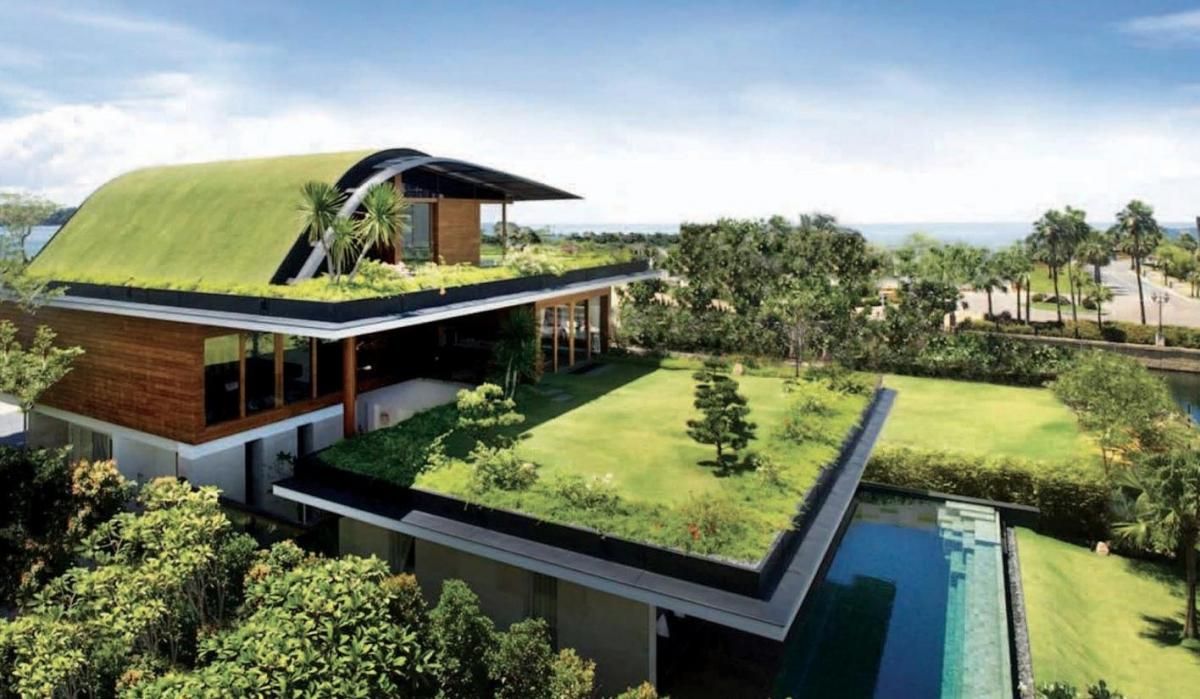As concerns for environmental sustainability continue to rise, the construction industry is increasingly turning towards green building technologies to create structures that are environmentally friendly and energy efficient. Green building technologies encompass a wide range of practices and materials designed to minimize a building’s impact on the environment while maximizing energy efficiency and occupant comfort.
Benefits of Green Building
There are numerous benefits to incorporating green building technologies into the design and construction of structures. Some of the key benefits include:
Energy Efficiency: Green buildings are designed to use less energy than traditional structures, resulting in lower utility costs and reduced carbon emissions.
Improved Indoor Air Quality: Green buildings often incorporate features such as natural ventilation and low VOC materials, which can result in healthier indoor environments for occupants.
Water Conservation: Green buildings typically utilize water-efficient fixtures and systems to reduce water consumption and minimize strain on local water supplies.
Reduced Environmental Impact: By using sustainable materials and practices, green buildings help to minimize their impact on the environment and promote a more sustainable future.
Key Green Building Technologies
There are a variety of green building technologies that can be incorporated into the design and construction of sustainable structures. Some of the key technologies include:
Solar Power
Solar power is a clean and renewable source of energy that can be used to power homes and buildings. By installing solar panels on rooftops or other surfaces, buildings can generate their own electricity and reduce their reliance on fossil fuels.
Green Roofs
Green roofs are roofs that are covered in vegetation, which helps to absorb rainwater, reduce heat island effects, and improve air quality. Green roofs can also provide additional insulation, reducing the need for heating and cooling systems.
Energy-Efficient HVAC Systems
Heating, ventilation, and air conditioning (HVAC) systems account for a significant portion of a building’s energy consumption. By installing energy-efficient HVAC systems, buildings can reduce their energy use and lower operating costs.
Recycled and Sustainable Materials
Using recycled and sustainable materials in construction can help to reduce waste and minimize the environmental impact of a building. Materials such as bamboo, reclaimed wood, and recycled glass can be used to create beautiful and sustainable structures.
Challenges and Considerations
While green building technologies offer numerous benefits, there are also challenges and considerations that need to be taken into account when designing sustainable structures. Some of the key challenges include:
Cost: Green building technologies can sometimes be more expensive upfront, although the long-term savings in energy costs often offset the initial investment.
Design Complexity: Incorporating green building technologies into the design of a structure can require additional planning and coordination with various stakeholders.
Regulatory Considerations: Building codes and regulations may vary depending on the location and type of building, so it’s important to ensure compliance with all relevant requirements.
Conclusion
Green building technologies are revolutionizing the way we design and construct sustainable structures. By incorporating energy-efficient systems, sustainable materials, and innovative design practices, we can create buildings that are not only environmentally friendly but also comfortable and cost-effective for occupants. As the demand for sustainable buildings continues to grow, green building technologies will play an increasingly important role in shaping the future of the construction industry.
